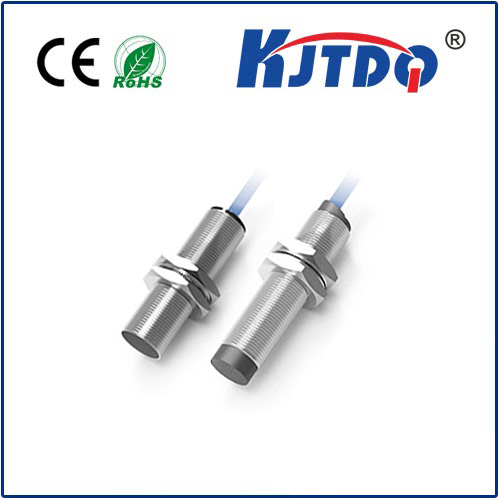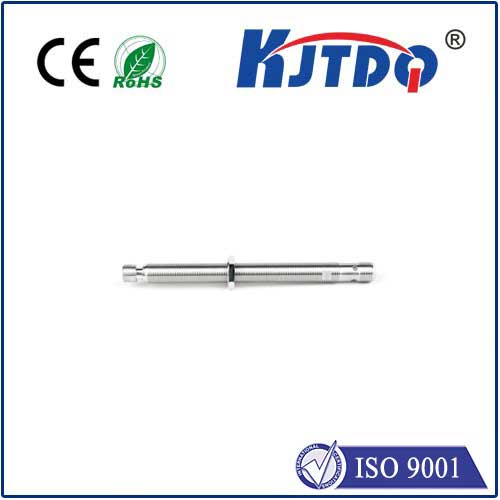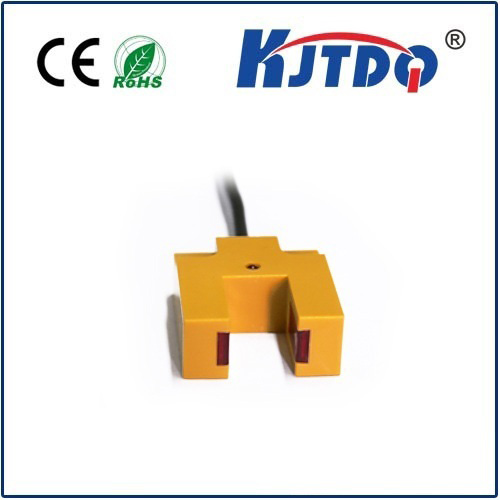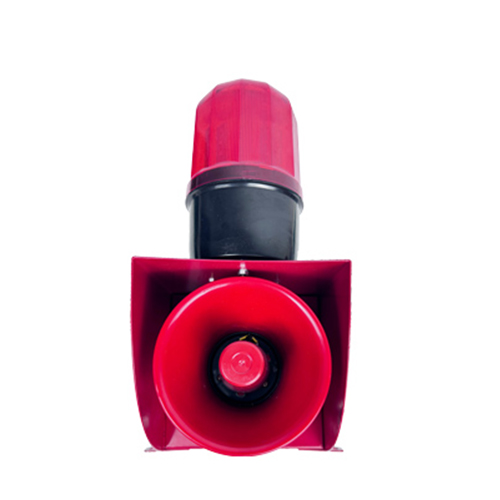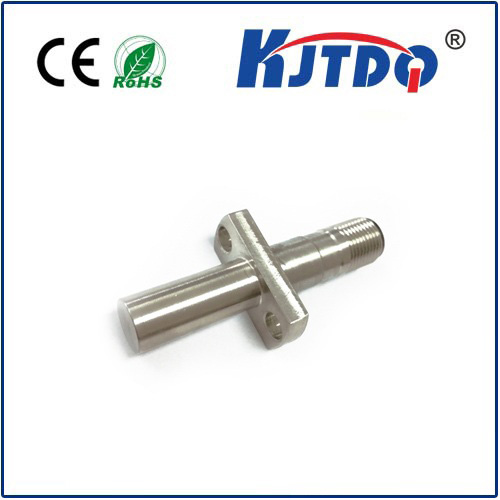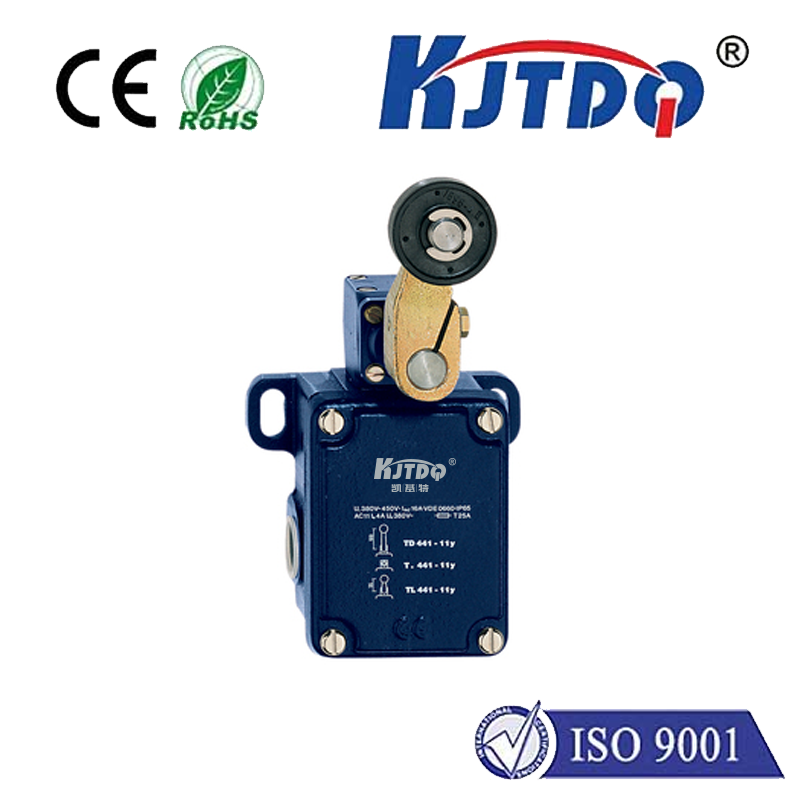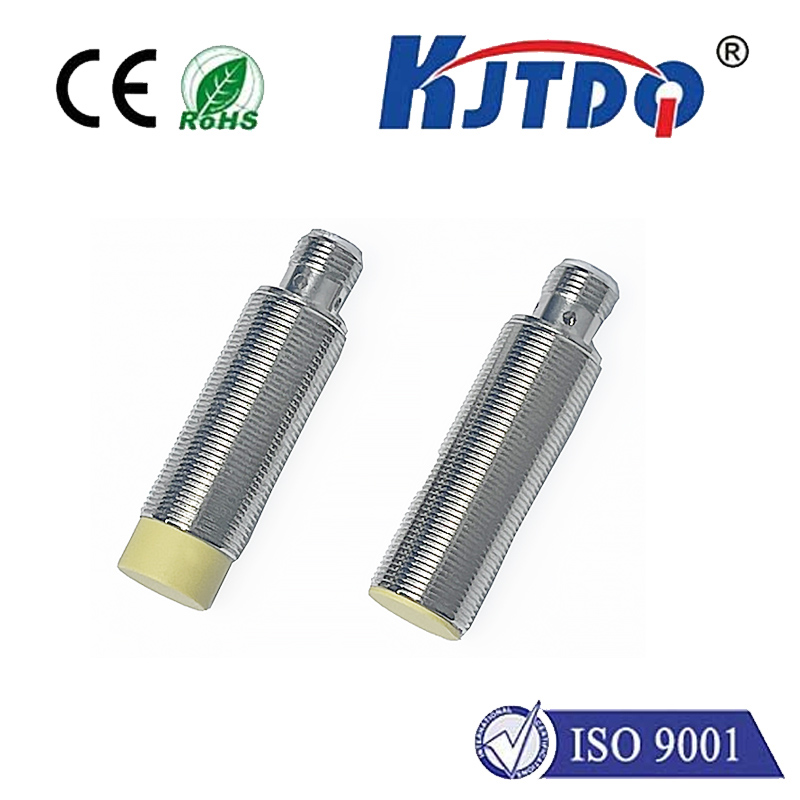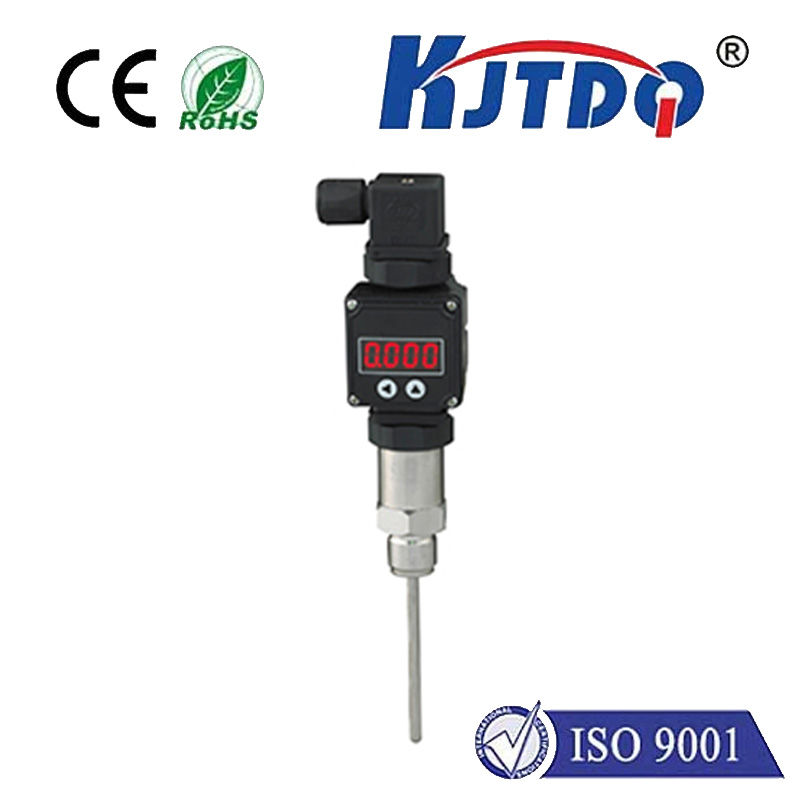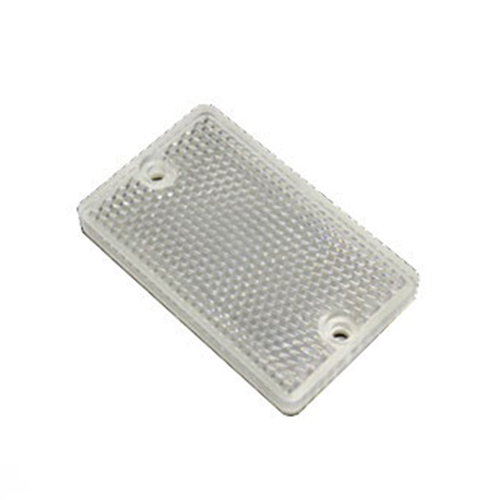

check

check

check

check

check

check

check

check

check

check
Title: Unveiling the Versatility and Essentiality of PM Sensors in Modern Technology
The advent of technology has ushered in an era where devices and systems are becoming increasingly interconnected, with their functionalities and performances being enhanced through the use of various sensor technologies. Among these, Particulate Matter (PM) sensors have emerged as a crucial component, playing a fundamental role in diverse applications ranging from environmental monitoring to health and wellness solutions.
Particulate Matter, often abbreviated as PM, refers to tiny particles suspended in the air. These microscopic pollutants can originate from natural sources such as wildfires, dust storms, and pollen or from human activities like combustion engines, industrial processes, and construction. PM sensors detect and measure these particulate concentrations, providing critical data that influences decision-making across several sectors.
Environmental Protection and Monitoring
In the realm of environmental conservation, PM sensors serve as the frontline guardians against air pollution. Deployed in urban areas, they continuously monitor air quality, alerting authorities when levels of harmful particulates exceed safe thresholds. This real-time data is instrumental for implementing measures to reduce emissions, safeguarding public health, and maintaining ecological balance.

Healthcare Innovation
Within the healthcare sector, PM sensors have become vital for assessing indoor air quality. Hospitals and healthcare facilities use these sensors to ensure environments are conducive to healing, reducing the risk of infections and improving overall patient outcomes. Moreover, wearable technology equipped with PM sensors allows individuals to monitor personal exposure levels, contributing to proactive health management.
Smart Home Automation
The integration of PM sensors within smart home ecosystems enhances comfort and convenience. They enable air purifiers and HVAC systems to automatically adjust based on air quality readings, optimizing indoor atmosphere without constant manual intervention. This not only improves livability but also contributes to energy efficiency by fine-tuning operations according to real-time data.
Occupational Safety
Industrial settings benefit significantly from PM sensors due to their capacity to protect workers from hazardous particulate exposure. Manufacturing plants, mines, and other environments where airborne particles are prevalent can utilize these sensors to monitor safety standards and ensure compliance with regulations designed to protect employee wellbeing.
Connected Vehicle Technologies
The automotive industry is leveraging PM sensors to develop cleaner and more efficient vehicles. By integrating these sensors into car systems, manufacturers can optimize combustion engine performance and filtration, reducing exhaust emissions. Furthermore, they aid in creating healthier车内 environments for passengers, filtering out pollutants and allergens.
Conclusion
The versatility of PM sensors is rooted in their ability to provide precise, responsive detection of particulate matter. As our world becomes increasingly attuned to the impact of air quality on human health, environmental preservation, and technological advancement, the essentiality of these sensors will continue to grow. They stand as silent sentinels, tirelessly collecting data that empowers us to make informed decisions—decisions that can lead to cleaner air, healthier lives, and a more sustainable future.
